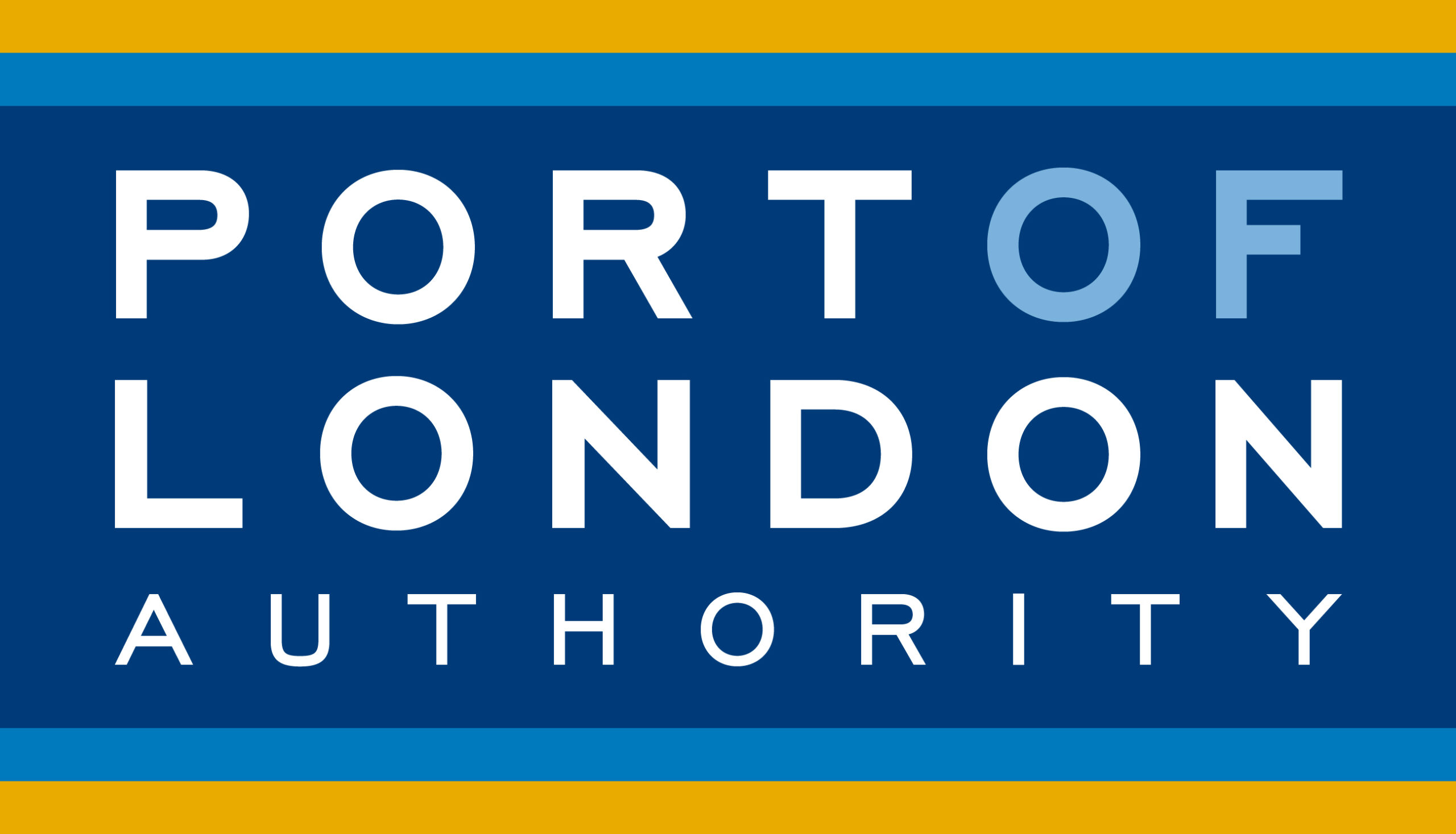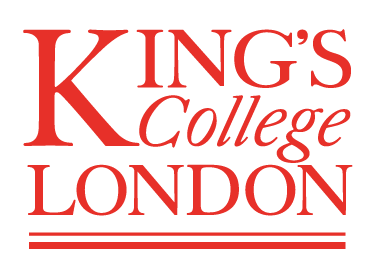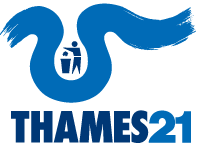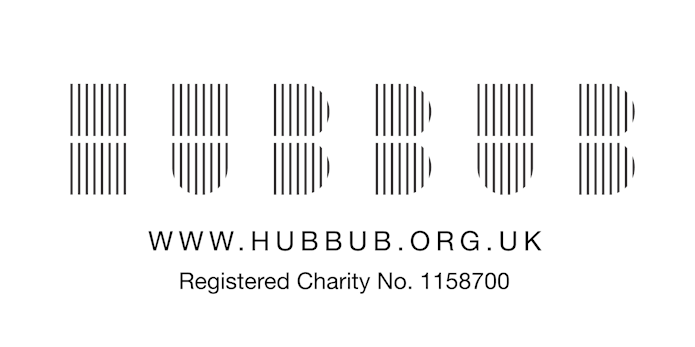Controversial practice
Headlines on private water companies releasing raw untreated sewage in public waterways are an increasingly regular occurrence.
Billions of pounds have been spent on infrastructure and billions more are being promised, all at the expense of the public who are already struggling amid an economic crisis. People are disgusted, the media is engaged, politicians are avoiding the issue, but in the centre of it all one vital thing is missing; scientific evidence.
The first initiative of its kind, Thirst water quality research is directly connecting sewage overflows to environmental contamination, with a goal to inform and support initiatives to bring a stop to this practice, ensuring long-term access to clean water sources.

Because otherwise, we will all get thirsty.
A river for London

What is sewage overflow?
Combined sewage systems collect wastewater from both built infrastructure (domestic and commercial grey and black water) as well as rainfall drainage systems. This is the primary structure for sewage systems in the UK as well as across the globe.
Water in this system is kept in cisterns until it is directed to treatment facilities and then returned to surface waters.
Unfortunately, due to high wastewater input, low cistern capacities and pressure to meet yearly profit margins, dumping of untreated sewage, referred to as overflow, is a regular occurrence.
The Thames is both the source of public drinking water, and the dumping site for London sewage.
The heart of London
The Thames plays an integral role in London culture and is central to the history and economic prosperity of the city. Established by the Romans, the strategic location by the river facilitated a successful trading and shipping hub that is directly linked to the modern global powerhouse London is today.
The Thames is a refuge in the city, it is a place of leisure, sport, niche hobbyists and is a haven for urban dwellers to enjoy the mental and physical health benefits of nature.
The practice of sewage overflows contradicts water security concerns as well as sustainability goals and river rehabilitation efforts.

The Environment Agency has warned that within just 25 years, the South East of England could run out of water.

Impacting the most vulnerable
Access to clean drinking water is a basic human right, however, due to increased demand, mismanagement of resources and climate change, long-term availability is increasingly at risk.
Threats posed by sewage overflow to the wellbeing of rivers are direct threats to those that depend on them. Increased contamination leads to increased treatment costs, depleted water resources and aesthetic deterioration, consequences that inevitably impact the most vulnerable, those who cannot afford higher bills and do not have alternative access to green and blue spaces.
In June 2023, Thames Water discloses £14 billion debt and requests taxpayer bailout.
Meanwhile, sewage continues to enter the river.
Research
The Thirst team are based at King’s College London and consist of several experienced researchers in the disciplines of aquatic ecology, hydrology, water resource management and governance, as well as technical experts in environmental monitoring.
Five water quality sensors have been installed outside overflow sites in central London. Sensors continuously log and broadcast water quality data of temperature, Ph, conductivity and dissolved oxygen.
Meanwhile, water at each location is sampled regularly and tested for pollutants, including human Escherichia coli (E. coli), a full spectrum of chemicals and 30 trace metals. The analysis is fed into a model designed to predict real-time chemical, biological and metal loads based on water quality sensor feed.
Data portal coming soon.

Researching to inform debates and support solutions.

A solution in London?
In response to the 2012 European Union ruling that the UK was in breach of directives to protect the environment from sewage effluent, a £4.2 billion commitment was made to build the Thames Tideway Tunnel set to be operational in 2025.
The tunnel is an ambitious infrastructure upgrade that will increase cistern capacity, placing London as a leader in addressing sewage overflows.
The Thirst database will not only evidence claims that the tunnel has led to an improvement in water quality, it will support the argument for similar improvements across the UK.
Who’s thirsty?
In it together
Thirst is a collaborative project bringing together experts and interest groups.
As a unified front, primary objectives of public awareness and policy impact are attainable, promising real action towards a sustainable and resource rich future.

In support of the
Clean Thames Manifesto.

Research led by the Department of Geography.

Reconnecting people to the Thames.

Working with communities for solutions to sustainable living.
